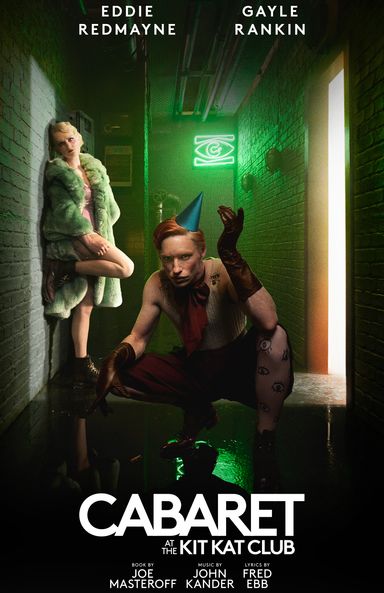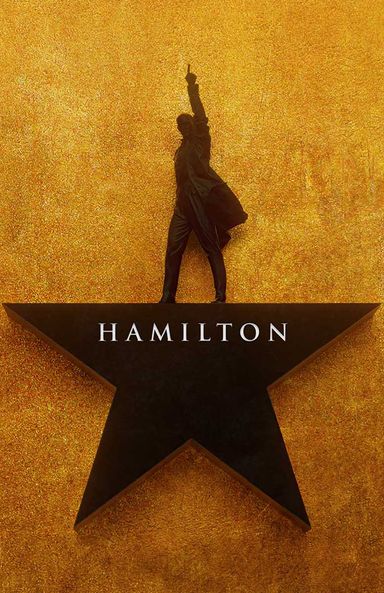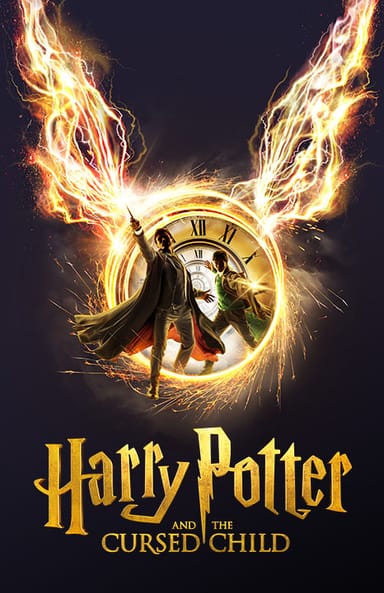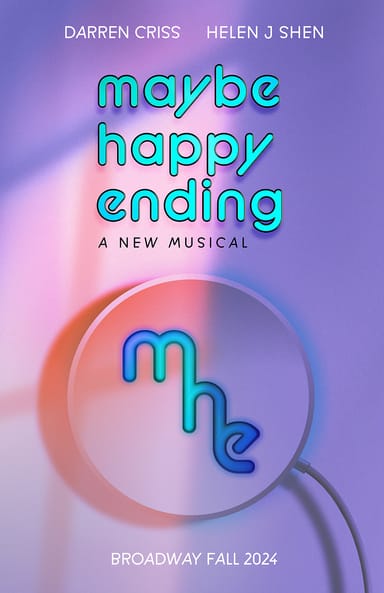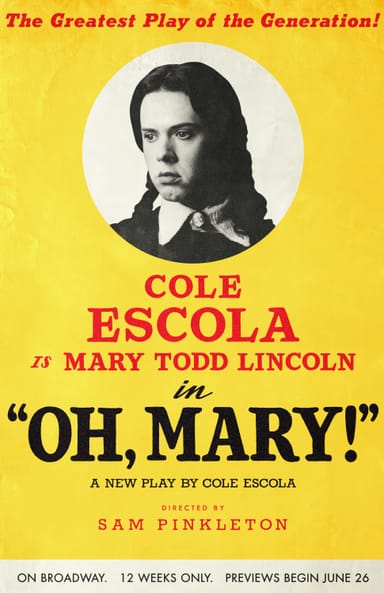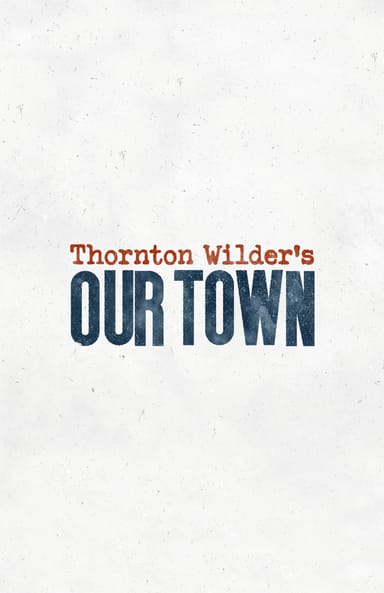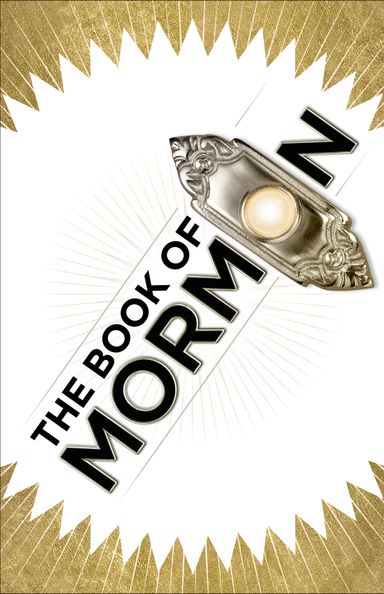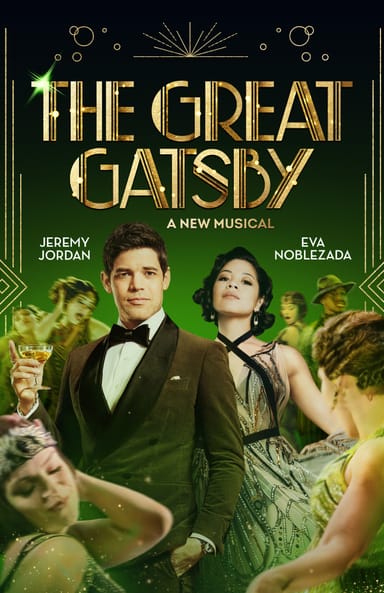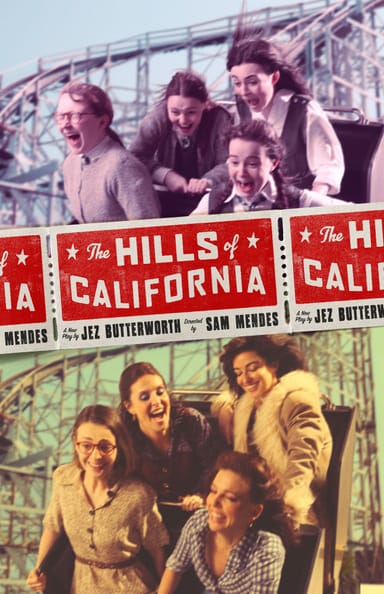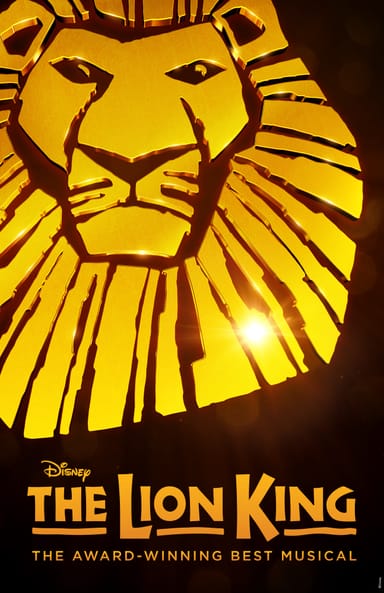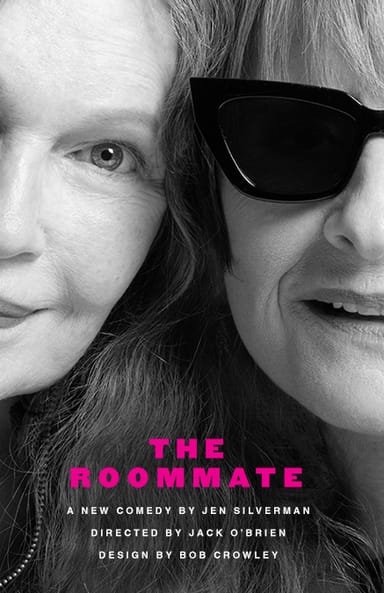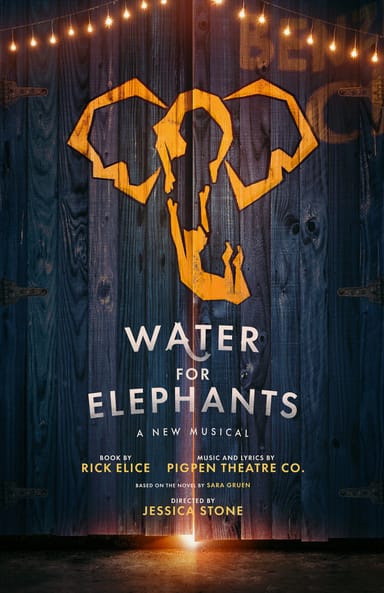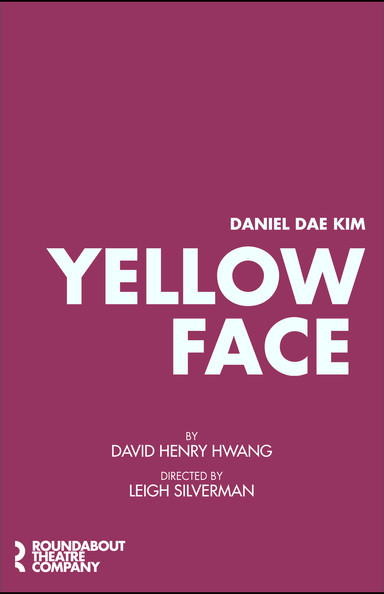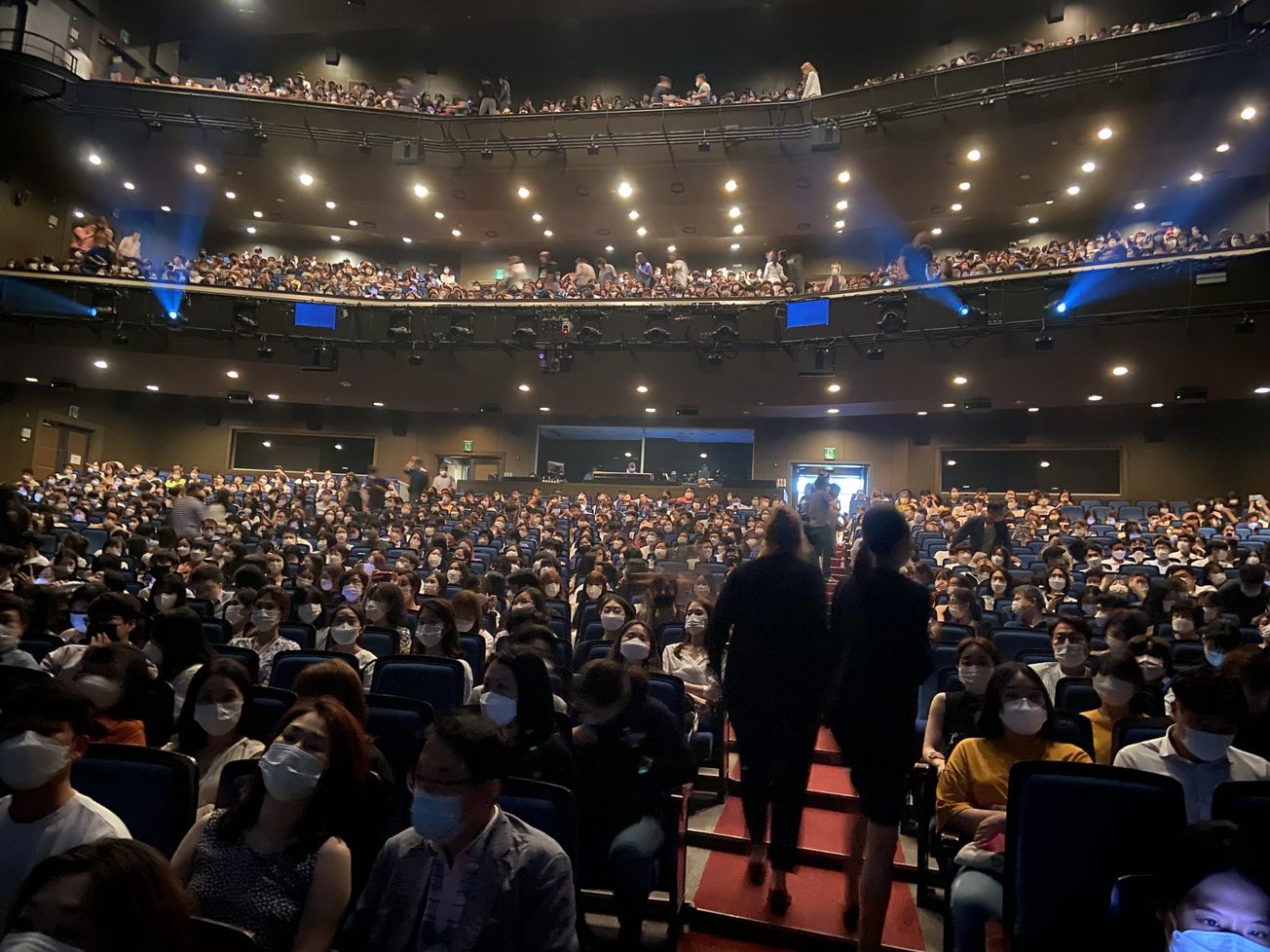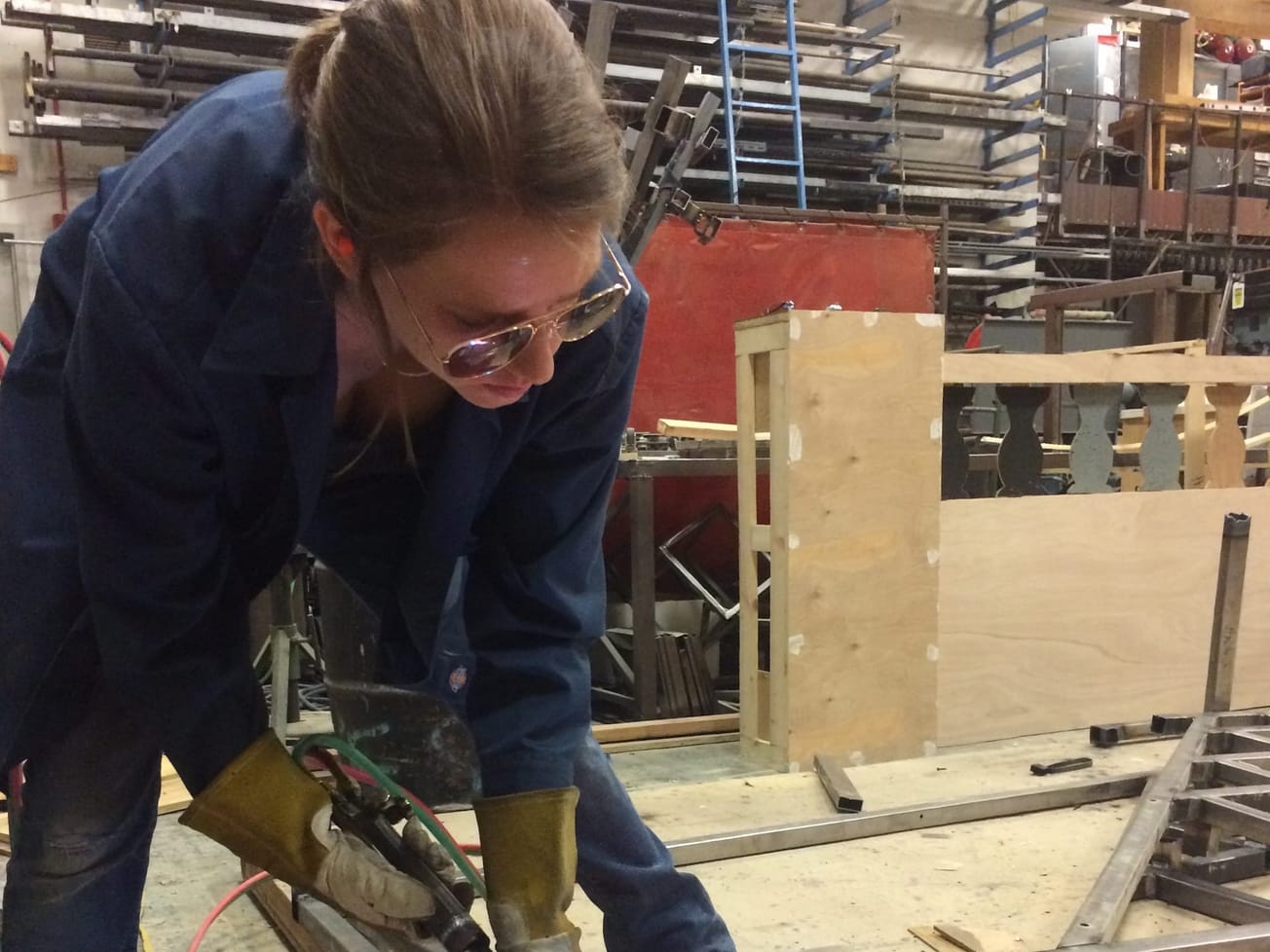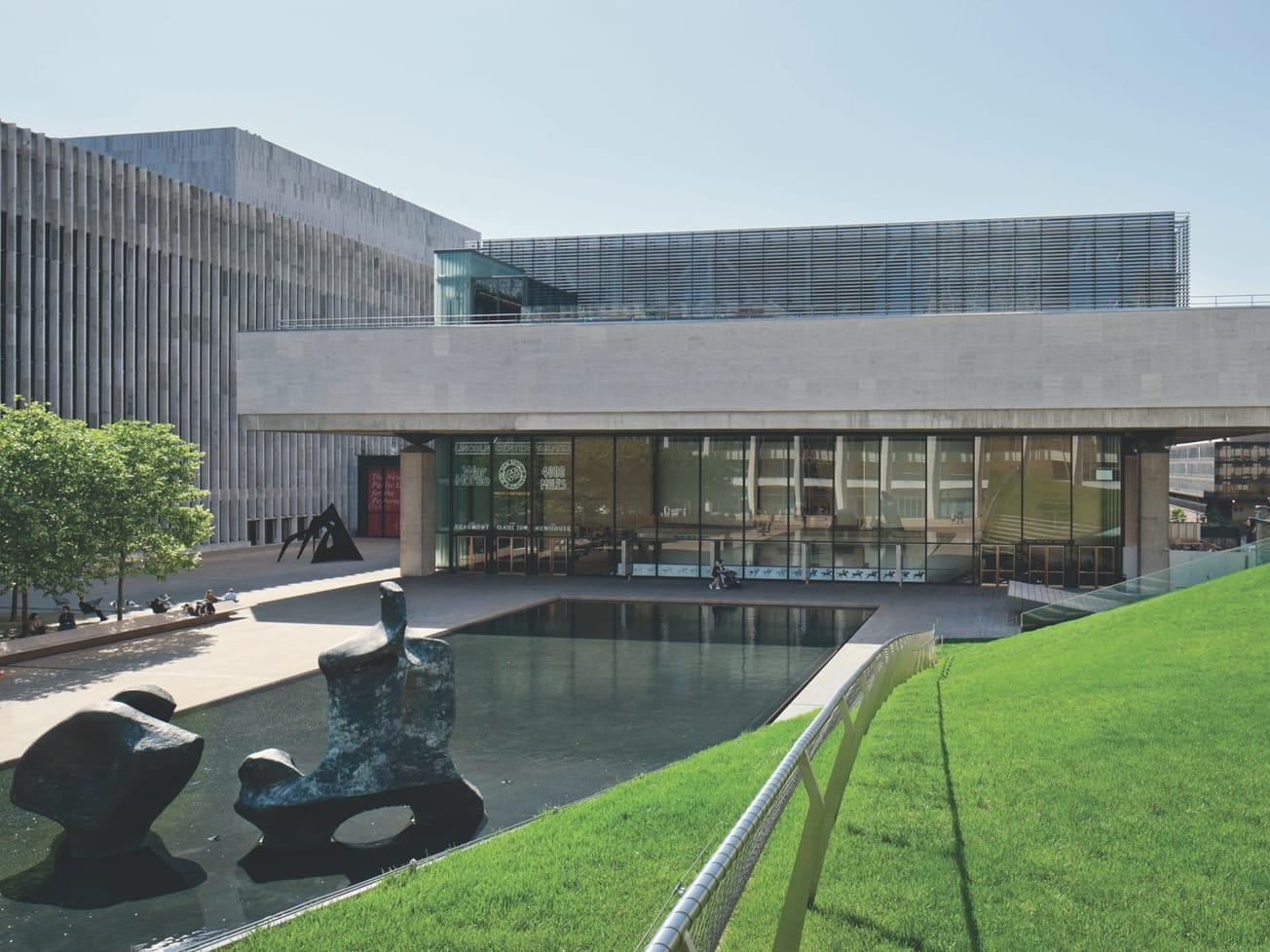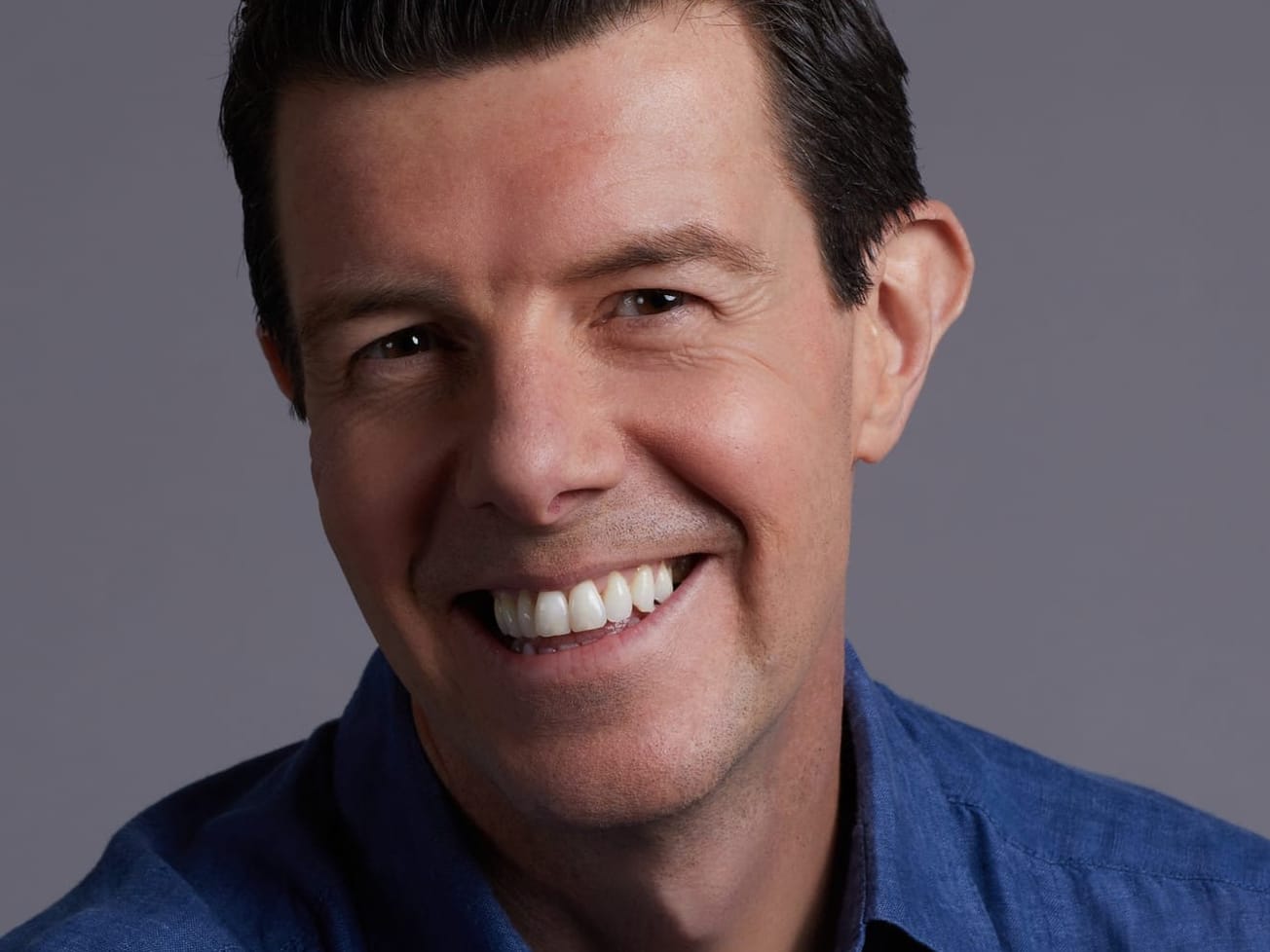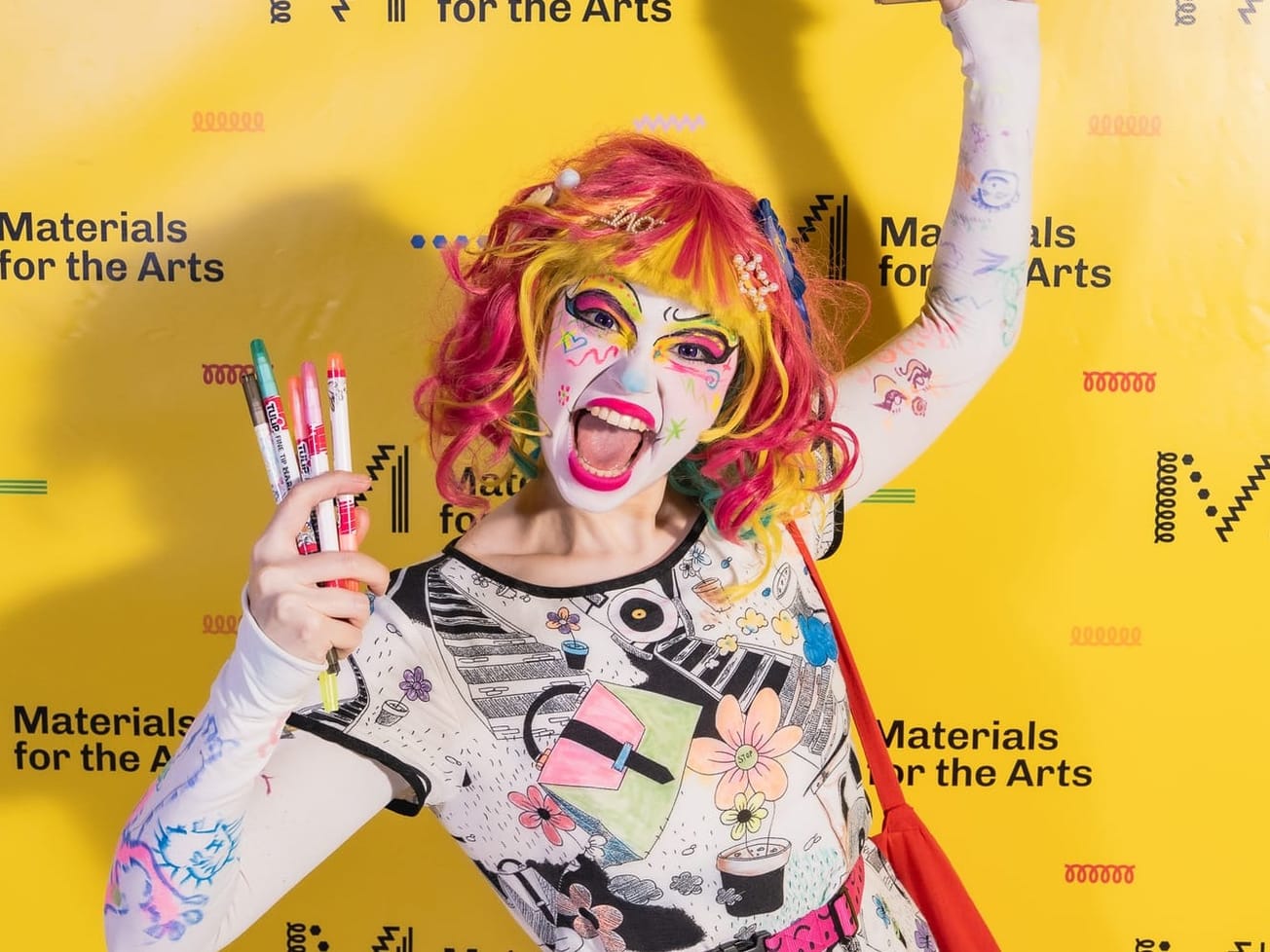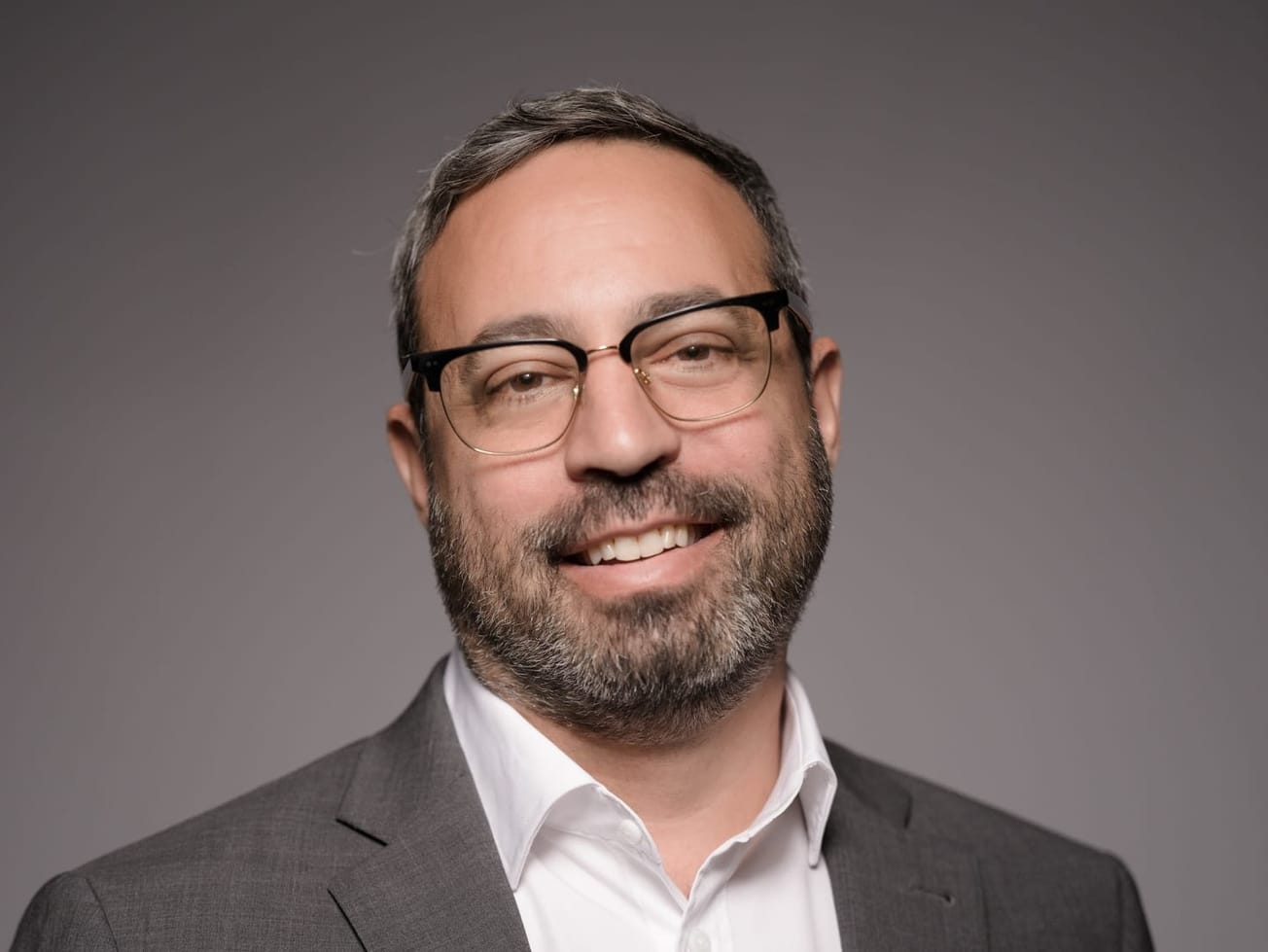In early July, while most theaters in the U.S. remained shuttered, director Sammi Cannold traveled to South Korea and found musicals operating at full capacity.
She spent two-and-a-half months in the country observing the world tour of “Phantom of the Opera” and the South Korean tour of “Cats,” and then flew to London to look at reopening efforts there. Cannold, whose recent projects include “Endlings” and “Evita” in New York, was able to travel to these countries as part of a project that involves studying those two theater communities, as well as Broadway, during the pandemic.
While she acknowledges the complexities in how each community is dealing with the pandemic — for example, South Korea had the advantage of a relatively low number of COVID-19 cases and an efficient government response — Cannold says that she feels the information coming out of South Korea can help theatermakers across the world as they continue their work on reopening solutions.
“There is no audience-to-audience transmission in Korean theaters and that should tell us that we are dealing with spaces that are uniquely controllable,” Cannold said.
And while each theater may have its own timeline and specific steps for reopening, her hope is that theatermakers across the globe continue to speak with and learn from one another as they implement new safety measures.
Cannold spoke with Broadway News about the reopening strategies she saw in South Korea and London and how they might translate to the U.S.
Edited excerpts:
Broadway News: What was the protocol for audiences in South Korea?
Sammi Cannold: For the majority of the time that I was there, Korean shows were playing to full-capacity audiences. So, there are a number of measures that are implemented in the theater to ensure hygiene. First of all, and perhaps most importantly, is mask wearing. Second of all, there’s temperature checks at the door and you walk through an electrostatic mister that sprays you with disinfecting mist when you come into the theater. You fill out a track-and-trace form that confirms that you have not been out of the country or in contact with someone else who is known to be COVID-19 positive. You’re taken on a one-way path from your entry point to your seat. There is mist-based disinfection of seating.
One of the advantages for Korea is that because their musical theater industry is only 20 years old, the majority of their theaters were built in the last 10 years. So, they are much more up to code than the majority of theaters elsewhere in the world. The government requires live performance spaces in Korea to have the equivalent of HEPA filters. So they take particles out of the air of a certain size, i.e. infectious diseases.
BN: How about for the cast and crew?
Cannold: I was embedded into the companies [of “Phantom” and “Cats”], so we all lived in the same hotel, we all took the same bus to rehearsal, and for the most part we were in all the same places. But it’s not a [strict] bubble system in the sense that they lock you in that hotel. And we’d all been through two weeks of quarantine, so we’d been tested. There was not daily or weekly testing, unless there was reason to believe that we’d been to an area there had been an outbreak in. And I think that’s largely because in Korea the numbers are significantly lower.
What the bubble system allowed us to do was once the actors started rehearsing, they could take their masks off — although some people did choose to keep their masks on when possible. Backstage the rule is that staff keeps their masks on at all times and the cast keeps their masks on until they hit the deck.
BN: What was your biggest takeaway from the South Korean model?
Cannold: I feel the most important piece of information that has come out of Korea is that since the pandemic began there have been zero cases of audience-to-audience transmission of COVID-19 in theaters. And there have been multiple cases where audience members have shown up to that theater with COVID-19, and then not given it to other people.
And so, to me, that says something’s working. And if zero transmissions is the statistic that we need to prove that theaters are safe, how can we run with that as a community? Obviously, Korea’s situation is different from ours. But at the same time, they still had outbreaks traced to Starbucks, nightclubs, nursery schools, birthday parties, but no outbreaks traced audiences in theaters. So, I think that says something about the uniquely controllable and safe nature of what goes on in a theater.
BN: Was the same true for the casts and crews?
Cannold: In April, two members of the “Phantom” company tested positive for COVID-19, and we now know those cases came from abroad [during a break from the show]. Once it was detected, everybody in the company was tested and put into a lockdown in their hotel. The two positive cases were taken to the hospital, because in Korea, if you have COVID-19, you are required to be in the hospital until you test negative, no matter if you’re symptomatic or asymptomatic. Everybody else quarantined for two weeks and the show shut down.
At the end of the two weeks, they went back to the theater and the government cleared them to resume performances. There are a few remarkable things that came out of that, with one being, somehow, those cases did not spread to the rest of the company.
BN: How did London adapt or add on to that model?
Cannold: It all started with the London Palladium, which is a theater that Andrew Lloyd Webber owns, and he decided to use it as a test site for what it would look like to implement the measures that they were practicing in Korea. They took many of those measures and then, working with their own team of advisors, added a few of their own. For example, at the Palladium they have ionizing door handles and contact plates on doors, so that it self cleans any point of contact where you might put your hand. Now other theaters around the UK have followed suit.
I went to a production of “The Last Five Years” and we were sitting in little plexiglass cubicles, but the way that they did the seating, we were all able to see the action. They also had many of the same measures as the others, but what was fascinating about that was that the theater was at full capacity.
BN: What measures do you think theaters in the U.S. could adopt?
Cannold: I think they can adopt hygiene measures, and many are. Theaters all around the country are working on their specific safety plans. Many are just not able to yet implement them because they don’t have work on the horizon, whether that’s because their local government hasn’t approved their ability to congregate or because financially it doesn’t make sense for them to come back yet.
The battle for us is going to be about government and consumer confidence, because we have been so affected by this disease, particularly in New York City. I think convincing people that it is safe to come back to the theater is going to be a project, and it’s a project I know that many people are working on it. It’s a matter of theaters demonstrating to their audiences, whether that’s through safety videos or whether that’s through a trial like the one that Andrew did at the Palladium, that we’re ready, when we are ready.
BN: But you’re not suggesting theaters in the U.S. could reopen with these steps tomorrow.
Cannold: I understand that there are many complexities that go into the decision to reopen a theater of any size, in any location, and I know that a large component of that is whether or not it’s financially viable to open a theater. However, I think we’re starting to see really exciting, interesting solutions and approaches that could allow us to open up sooner rather than later. And even if we open up two weeks earlier than we otherwise would have planned to because of something that we learned from from Korea or elsewhere, it’s worth that investigation.






